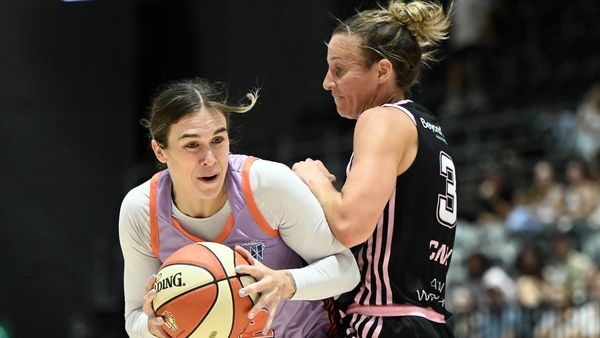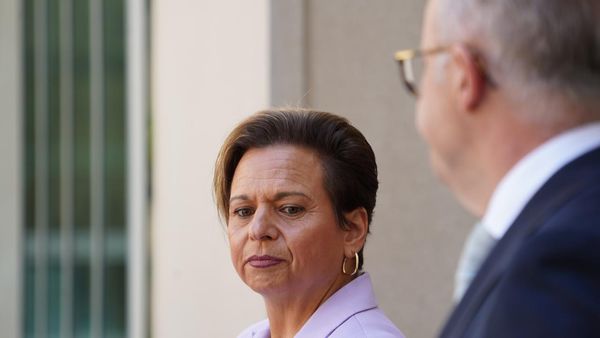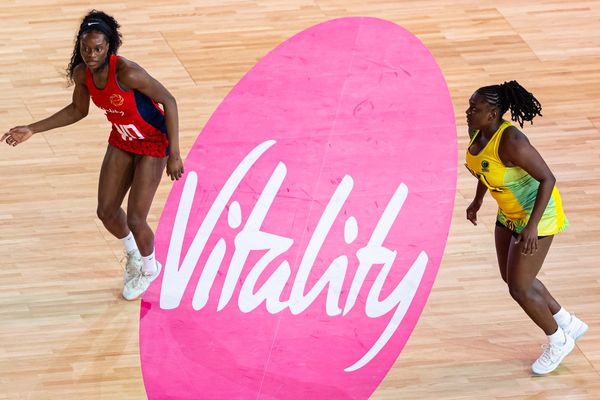
It is the Super Bowl of esports, I’m told. A sentiment that means little to me but a lot to the 180 million people who play League of Legends, a phenomenally popular desktop game that might not have yet punctured the British mainstream in quite the same way as Fortnite or Call of Duty, but means a lot to the men between the ages of 15 and 25 that make up the majority of its players.
Not that apathy is an emotion you’d detect anywhere in the crowd gathered outside the very sold-out Wembley stadium this afternoon. It’s the first time the League of Legends finals – an annual event and the culmination of a multi-stage tournament that began this summer in Berlin – have been held in the UK, and tickets sold out in a Glastonbury-esque frenzy. Resellers were looking for up to £1,000 for a ticket that might’ve run them £60; a group of Chinese students sitting in the row behind me (one studying at Durham; three at Bristol) paid £500 for the nosebleed section. Everyone, though, is thrilled to be here. Palpably so. And not because Linkin Park is performing.
As is the case at most esporting events, there is an element of flamboyant dress-up, with many attendees dressed as their favourite characters – or champions, as is the correct terminology. The ones who go all-out are mainly the women (of which there are more in attendance than I thought). One twentysomething in a blue wig and a makeshift skirt of nine fluffy tails tells me she’s dressed as Ahri, a hot fox-human hybrid. The men, meanwhile, wear jerseys of their favourite players, often completing the look with a fuzzy green bucket hat in homage to another character, Teemo. “He’s cute,” one such dressed man offers by way of explanation.
The O2 itself is packed, busier than I’ve ever seen it for any concert. It’s also awash in an apt shade of electric blue – the exact colour a non-gamer might associate with an event like this; a colour that brings to mind circuit boards, Tron, the future. On one of the multiple jumbo screens, pundits are discussing the impending match in jargon that I can’t pretend to understand. I catch some words here and there: “Gameplay… Midlane… First blood… Jungle.” I look to my friend for help but before he can begin to explain, the lights go off and the opening ceremony begins.
It’s an impressively large-scale production that begins with a performance from avant weird pop star-rapper Ashnikko, who is backed by a cohort of hooded backup dancers moving in unison. It ends with a fiery showing from nu-metal rockers the newly reformed Linkin Park, now with frontwoman Emily Armstrong, who pop up to deliver their anthemic rager “Heavy Is the Crown” – it’s the official theme song for this year’s Worlds tournament (Imagine Dragons wrote last year’s, and Lil Nas X the year before that).
This level of pomp is familiar. There’s a similar level of excess to a big-ticket boxing match, with pyrotechnics that make your face hot and laser beams that stretch across buildings. Certainly, next month’s show fight between Logan Paul and Mike Tyson will invite the same degree of bombast and ceremony – albeit far less goodwill. Like those boxers, the 10 players tonight (five on each team) walk out with a cocksure strut. Call it corny, but it’s impossible not to get swept up in the drama of it all. In 20 minutes, the programmers manage to elicit more feeling than the Paris Olympics did in four hours.
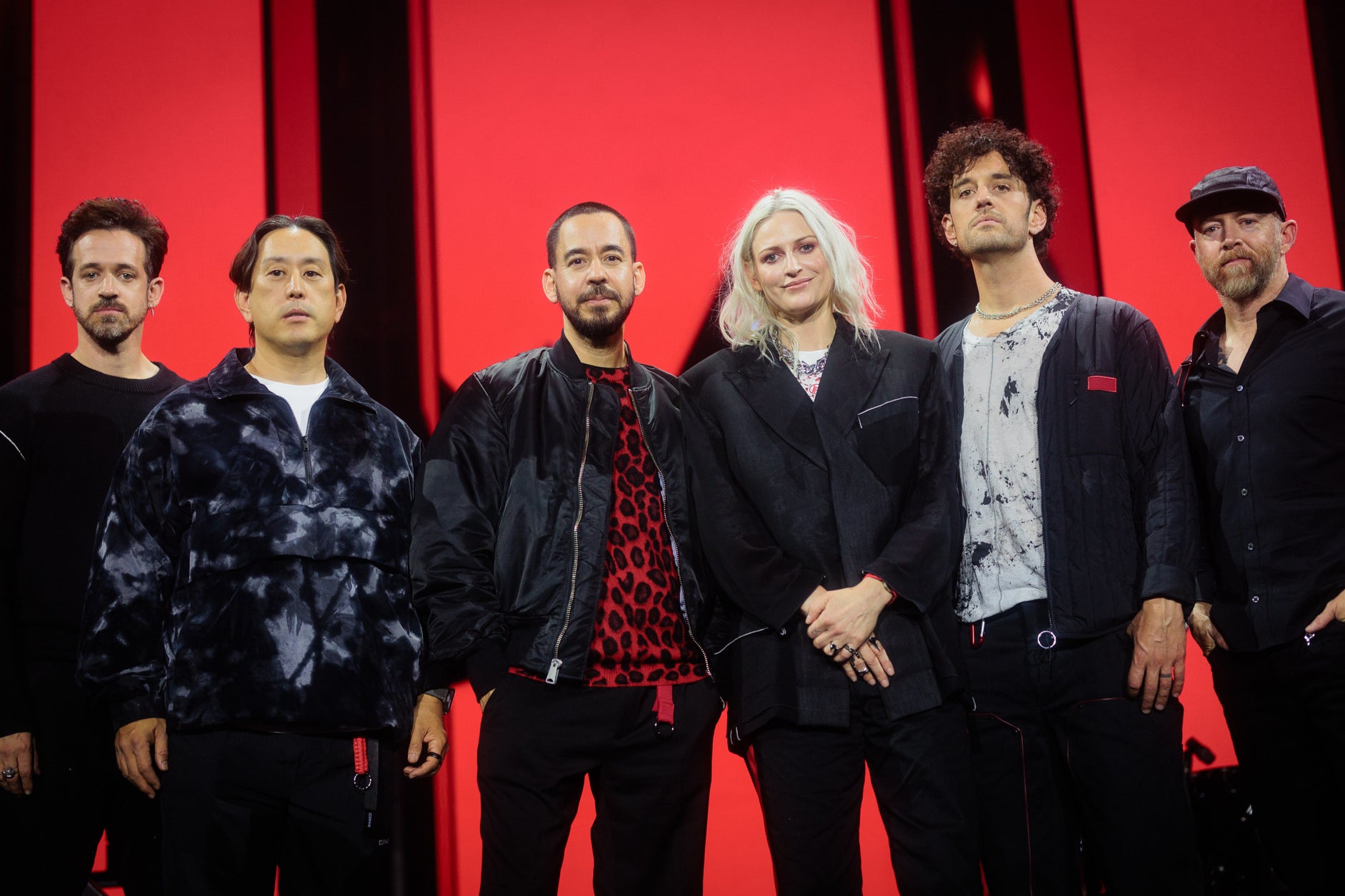
As Armstrong reaches the song’s climax, her guttural scream piped all the way up in the gods, a trophy – the Summoner’s Cup – comes into view at the back of the stage, winking alluringly under the glare of a dozen spotlights. A brief word on the cup: created by esteemed silversmiths Thomas Lyte (also behind the FA Cup trophy), it’s a medieval-looking chalice that looks like something out of Lord of the Rings. Astonishingly, it weighs close to 70 pounds – requiring the strength of several players to heave it overhead. (Not to generalise, but esports pros tend not to have the same hefty brawn as their more physical counterparts.)
Which brings us to the game itself. Journalistically speaking, I know little about League of Legends (LoL); my affinity with desktop games ended when I was 13 and completed all 97 levels of Bubble Struggle. My friend, a longtime player and avid watcher of LoL, gives me the abridged version: two teams of five players fight for control of a battlefield, working in areas to build strength and defeat monsters. The game is over when one team destroys the other’s base, which can take anywhere between 25 and 40 minutes. In a league match, it’s a best-of-five scenario. “Just keep your eyes on the score at the top of the screen,” my friend says upon noticing my obvious bewilderment, pointing up at the four-sided jumbo screen in the centre of the room.
It is a clash of titans: South Korea’s T1 team versus China’s BLG. The men take their seats at a set-up which, though elevated on an illuminated podium, is essentially just two rows of five computers facing one another, about two metres apart. The event has an underdog narrative to it – although T1 have never lost to a Chinese team at Worlds, they have so far endured a disappointing 2024 season that saw them defeated in seven of 18 games in their domestic league.
Crucial in their bid to get fans onside, T1 also has Lee Sang Hyeok – better known by his in-game moniker Faker. The affable mid-laner is the closest thing esports has to a celebrity. At 28, the bespectacled young man is practically geriatric for a pro; the second oldest player on T1 is 22. In his fans, Faker inspires Michael Jordan levels of devotion. One man from Andover says he is more like Christiano Ronaldo owing to the fact that he remains remarkable even as he possibly nears retirement. In 2020, Faker said that he declined a $10m offer from a Chinese team. Most of these players, I’m told, are on six-figure salaries.
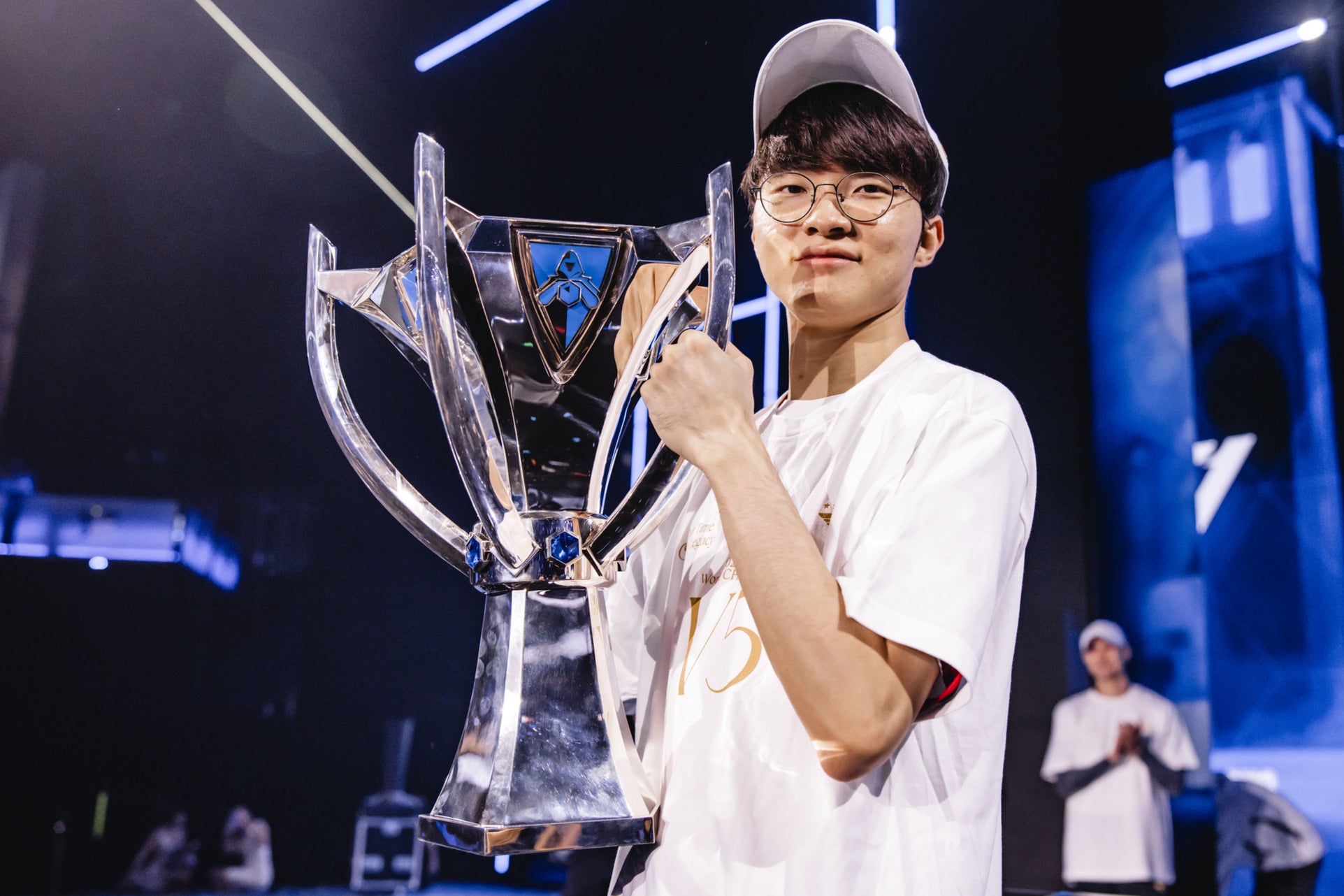
It’s hard to parse exactly what they are doing when the game begins. Looking at his monitor, which flicks rapidly between different vantage points of the battlefield, I’d suspect he’s having severe technical difficulties. My friend assures me this is peak esports fitness in action: an absurdly fast click rate as he taps the mouse at such speed it’s almost indiscernible. A kinetic beauty all of its own, the same as a Federer serve or an Ali jab. That Faker had to sit out a significant part of the year due to wrist injuries starts to make sense.
The stadium picks up on every expert execution, each meticulously planned ambush. It sounds something like the House of Lords in a heated debate, a chorus of ooh and ahhs, sometimes devolving into impassioned primal chants levelled at the other side. And the action plays out exactly as a final should: nail-biting suspense that goes the full five games. BLG take an early lead, drawing first blood in the first match and dominating from there, before T1 come back from the brink to clinch it. For me, the result is by the by – but the narrative is irresistible, and the environment electric. Consider me converted.
